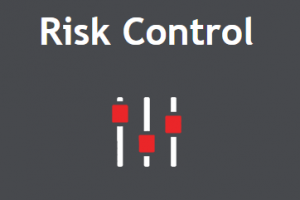3 Problems Motor Carriers Face with the SMS Model

The Miscommunication and Misuse of Motor Carrier Data
When assessing the safety of a commercial auto operation, there is more freely available information today than ever before. As with all data that is easily accessible in the information age, there are people trying to capitalize on how this information is used. In a prior article, CAB Usage in Underwriting Truckers, we discussed how insurance companies and underwriters utilize this data to try and better determine the safety culture of an operation. However, the use and interpretation of this data is not limited to the insurance industry, which is leading to disputes over the measurements gathered and the availability of data.
First, let’s quickly establish what data we’re talking about. The Federal Motor Carrier Safety Administration (FMCSA) created the Safety Measurement System (SMS), the source of this data, and its associated scoring methodology as part of the CSA 2010 initiative. The intent of the initiative was to make the roadways safer by identifying those trends in motor carriers that might show a direct connection to loss frequency. Determinations for trends and scores are based on the aggregated history of all DOT violations that are discovered during the roadside inspection of a motor carrier, and it is this violation data – ranging from a cracked windshield to speeding in a school zone – that is the focus of the current dispute.
The Problem with the Data
1. The relative scale on which a motor carrier’s SMS score is determined suggests that there will always be a subsection of motor carriers (10%) on the road that are deficient and should be removed from the roadways. Without question, the intent of the SMS model is to make the roadways safer, and eliminating those motor carriers who are presenting a greater hazard to the public by their actions is one of the best ways to go about doing this. However, without establishing a true baseline by which motor carriers can be judged, a situation is created where the same operation which has been deemed acceptable today may be deemed deficient at the next review. Similarly, an operation in one peer group may be deemed acceptable while an operation with the same history in a separate peer group would be deemed deficient.
The strongest argument in support of the relative scale is that the flexible nature encourages motor carriers to constantly better their operations, and that the number of new entrants into the market will offset the percentages that are being removed from the roadways. Were peer groups not a factor in the model, the argument would have a stronger footing, but with its inclusion in the model, there is still an inconsistency whereby the same quality risk may be deemed both acceptable and unacceptable based solely on the peer group in which they fit.
2. The methodology used to determine the severity weights for each violation has been brought into question by insurers and associations that represent motor carriers, as the stated score isn’t necessarily indicative of an accident. The most frequently cited example of a questionable score is a seat belt violation – where a driver failing to wear his or her seat belt is assigned a severity weight of 7, and considered a greater indicator of accident frequency than violations such as following too close, failing to yield right of way, and failing to obey a traffic control device.Read More »3 Problems Motor Carriers Face with the SMS Model

